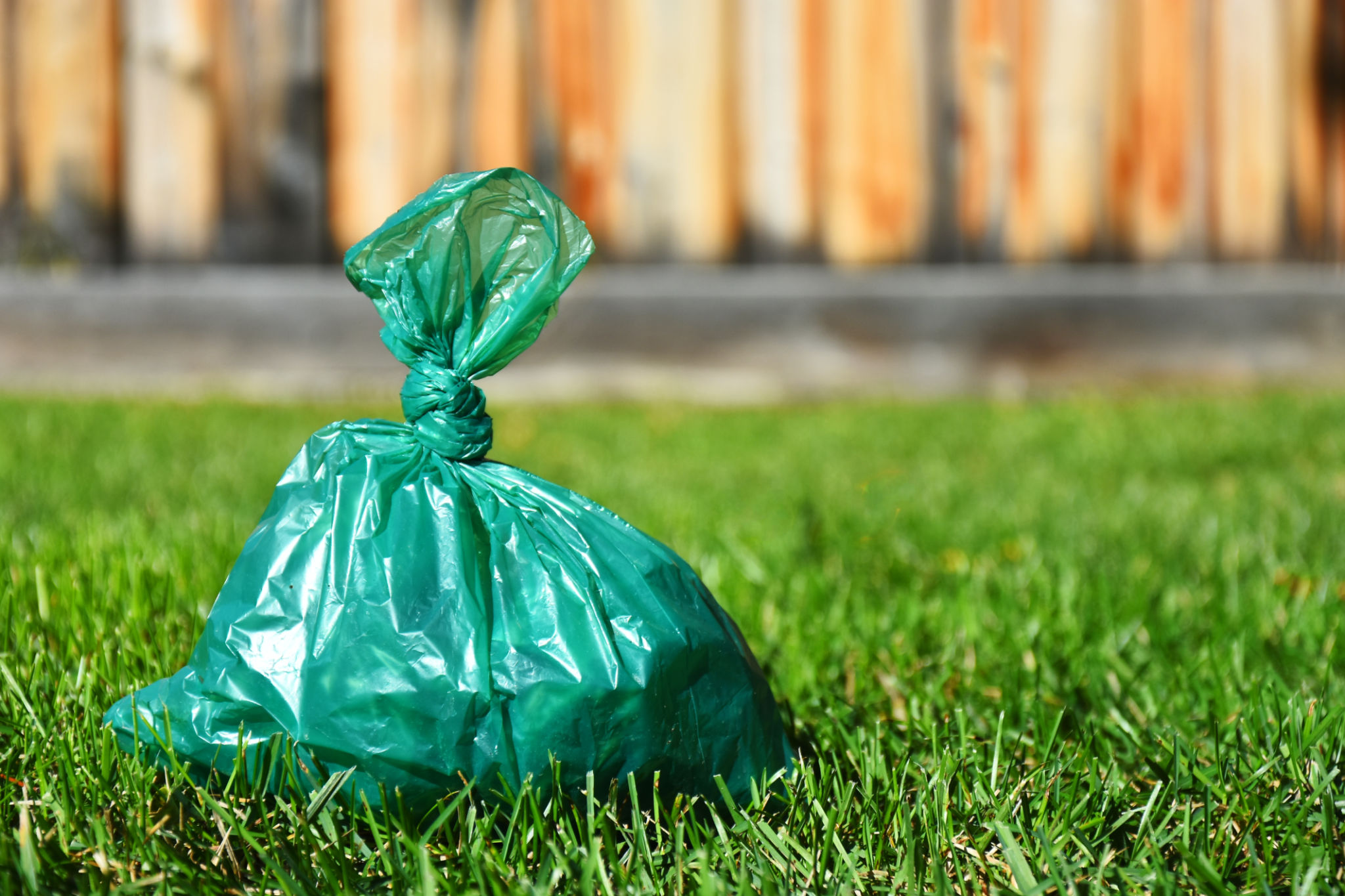The Environmental Impact of Pet Waste and How to Mitigate It
Understanding the Environmental Impact of Pet Waste
Every year, millions of tons of pet waste are produced by our beloved furry companions, affecting the environment in ways many pet owners may not realize. Pet waste, particularly from dogs, contains harmful bacteria and parasites that can contaminate soil and water sources, posing risks to both human health and wildlife.
When left unattended, pet waste can wash into storm drains during rainfalls, eventually making its way into rivers and streams. This contamination can lead to elevated levels of nutrients in these water bodies, encouraging the growth of harmful algae blooms which deplete oxygen and harm aquatic life.

The Consequences of Neglecting Pet Waste
Beyond water pollution, pet waste can also impact local ecosystems. The nitrogen content in animal feces can alter soil composition, affecting plant growth and leading to the loss of native vegetation. Additionally, the presence of pathogens like E. coli and parasites such as roundworms can spread diseases to other animals and humans.
Neglecting to pick up after pets in public spaces also contributes to unpleasant outdoor environments, reducing the enjoyment of parks and walking paths for everyone. It is crucial for pet owners to understand these ramifications and take proactive steps in mitigating the impact.
Effective Ways to Mitigate Pet Waste Impact
Fortunately, there are several strategies that pet owners can adopt to reduce the environmental impact of pet waste. Implementing responsible practices not only protects natural resources but also fosters a healthier community for all residents.

Proper Disposal Techniques
The first step in mitigating the environmental impact is ensuring proper disposal of pet waste. Here are some effective methods:
- Pick it up: Always carry biodegradable bags when walking your dog and dispose of waste in designated bins.
- Flush it: In some areas, flushing pet waste down the toilet is a viable option, provided local sewage systems are equipped to handle it.
- Composting: Consider setting up a separate compost system specifically for pet waste. Ensure it is done correctly to avoid harmful pathogens.
Community Involvement and Education
Community initiatives play a vital role in addressing pet waste issues. Organizing clean-up events and educational workshops can raise awareness among pet owners about the environmental consequences and best practices for waste management.

Additionally, local governments can support these efforts by providing more waste disposal stations in public areas and by implementing policies that encourage responsible pet ownership. Through collective action, communities can significantly reduce the environmental footprint of pet waste.
Conclusion
Caring for our pets goes beyond feeding and exercise; it includes taking responsibility for their environmental impact. By adopting proper disposal methods and engaging with community initiatives, we can minimize the negative effects of pet waste on our environment. Together, we can ensure cleaner parks, healthier water systems, and a sustainable future for both humans and wildlife.
